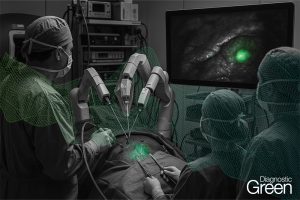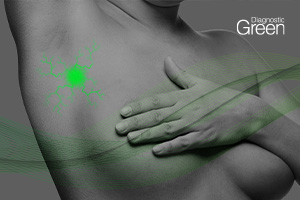Background/aim: Biliary fistulas (BFs) following hepatic resection are a complication of concern, and methods to completely prevent BFs after hepatic resection have yet to be developed. Our aim was to study the use of systemically administered indocyanine green (ICG) for preventing bile leakage (BL) from the cut surface of the liver.
Patients and methods: The study sample comprised 26 patients who underwent hepatectomy without ICG (conventional observation group; CO-G) and 23 hepatectomy patients who underwent intraoperative detection of BL using systemically administered ICG (ICG observation group; IO-G). We compared the bilirubin levels in drainage effluent between patients in whom BL from the resected liver was observed using conventional assessment with the naked eye and those in whom ICG leakage was used as an indicator of BL. In the IO-G, we also compared the number of BL spots on the resected plane visible to the naked eye with the number of visible spots on an ICG camera.
Results: Three days after surgery, the bilirubin levels in the drainage fluid of the IO-G were significantly lower than those in the CO-G (1.3 vs. 1.9 mg/dl, p=0.019). Two cases (7.7%) of International Study Group of Liver Surgery (ISGLS) grade B biliary fistula occurred in the CO-G, but none in the IO-G. In the IO-G, the number of BL spots detected just after hepatectomy was significantly higher using ICG camera observation than the naked eye observation (0.22 vs. 0.91 spots, p<0.001).
Conclusion: Observation with systemically administered ICG can detect BLs with more sensitivity than conventional observation with the naked eye. This enables rapid repair and may prevent biliary fistula.




